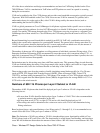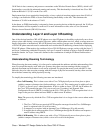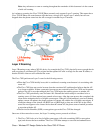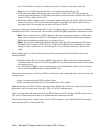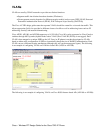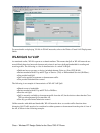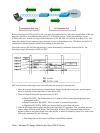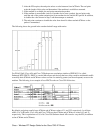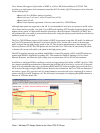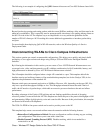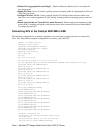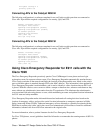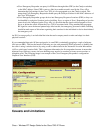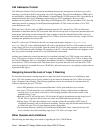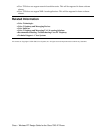
The following is an example of configuring the QBBS element in beacons on Cisco IOS Software−based APs:
Beyond just having queuing and setting packets with the correct DiffServ markings, delay and jitter need to be
taken into consideration. This is especially true for upstream traffic since there is no queuing among clients on
the 802.11b side of the AP. The simplest way to accomplish this is to stay within the guidelines for the
number of WLAN clients per AP. Exceeding this creates additional opportunities to introduce packet delay
and jitter.
For more details about deploying QoS in WLAN networks, refer to the Wireless Quality−of−Service
Deployment Guide.
Interconnecting WLANs to Cisco Campus Infrastructure
This section contains pre−tested, recommended configurations. This helps you to quickly and simply build
and deploy a Cisco approved network design using Catalyst 3550 and 2950 series Intelligent Ethernet
Switches.
By following the information in this section, you can create a Cisco AVVID Network Infrastructure to run
converged voice, video, and data network over IP, with due consideration for QoS, bandwidth, latency, and
high performance in demand by Cisco AVVID Network Infrastructure solutions.
The AP template should be configured when a single AP is attached to a port. This template adds all the
baseline security and resiliency features of the standard desktop template, but for the Catalyst 3550, it also
optimizes the performance of the attached AP.
Ethernet switch ports can transmit and receive at 100Mbps. However, APs, depending on the type (802.11b),
only have a practical throughput of 6Mbps or less. This throughput mismatch means that with a burst of
traffic, the AP needs to do packet drops, which adds an excessive processor burden to the unit and affects
performance.
By taking advantage of the Catalyst 3550 policing and rate limiting capabilities, the task of dropping
excessive packets is removed from the AP. This template rate limits the port to the practical throughput of 6M
and guaranteeing 1Mbps for high priority voice and control traffic. Because of this prioritization, this template
can be used with wireless IP telephones.
The 3550−24−PWR in−line power switch can be used to provide power to the AP.
This template helps create a secure and resilient network connection with the following features:
Return Port Configurations to Default Prevents configuration conflicts clearing any pre−existing
port configurations. This allows you to start with a clean slate.
•
Disable Dynamic Trunking Protocol (DTP) Disables trunking, which is not needed for a
connection to an AP.
•
Cisco − Wireless IPT Design Guide for the Cisco 7920 IP Phone



